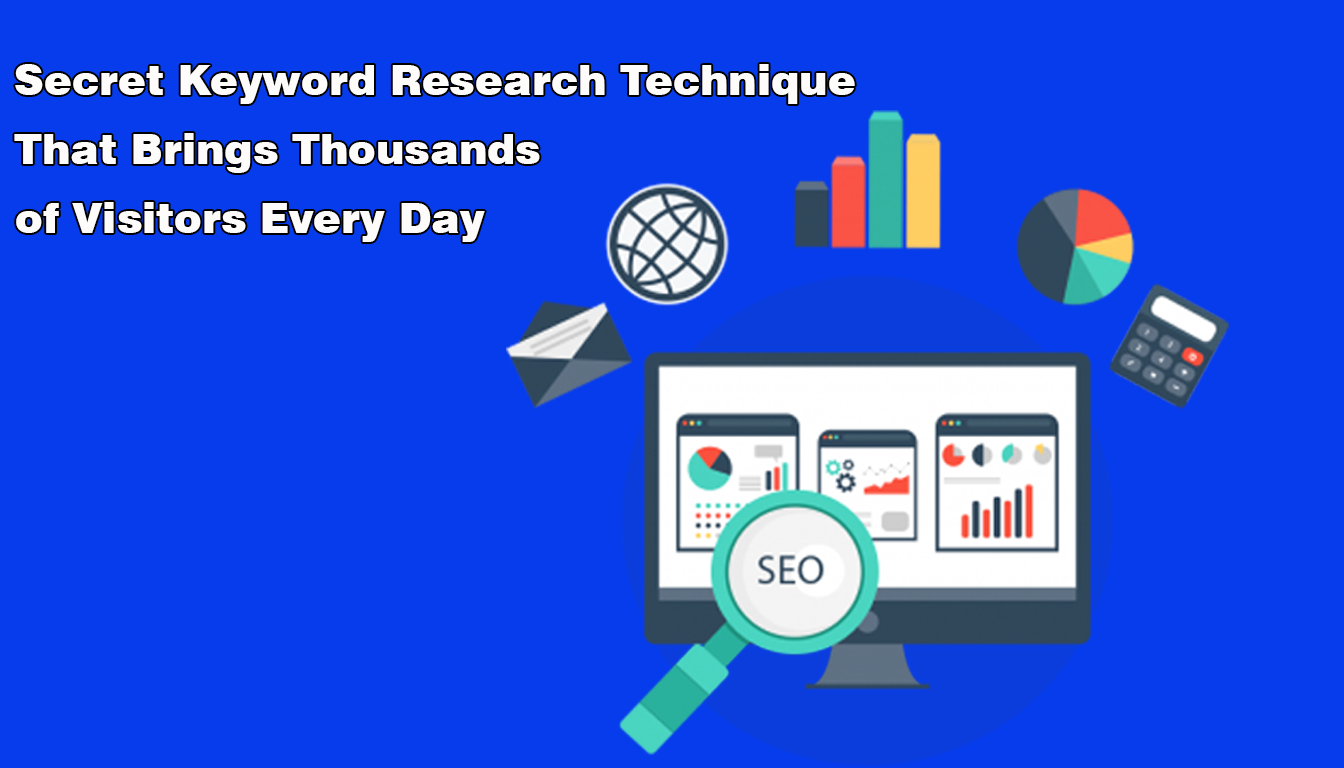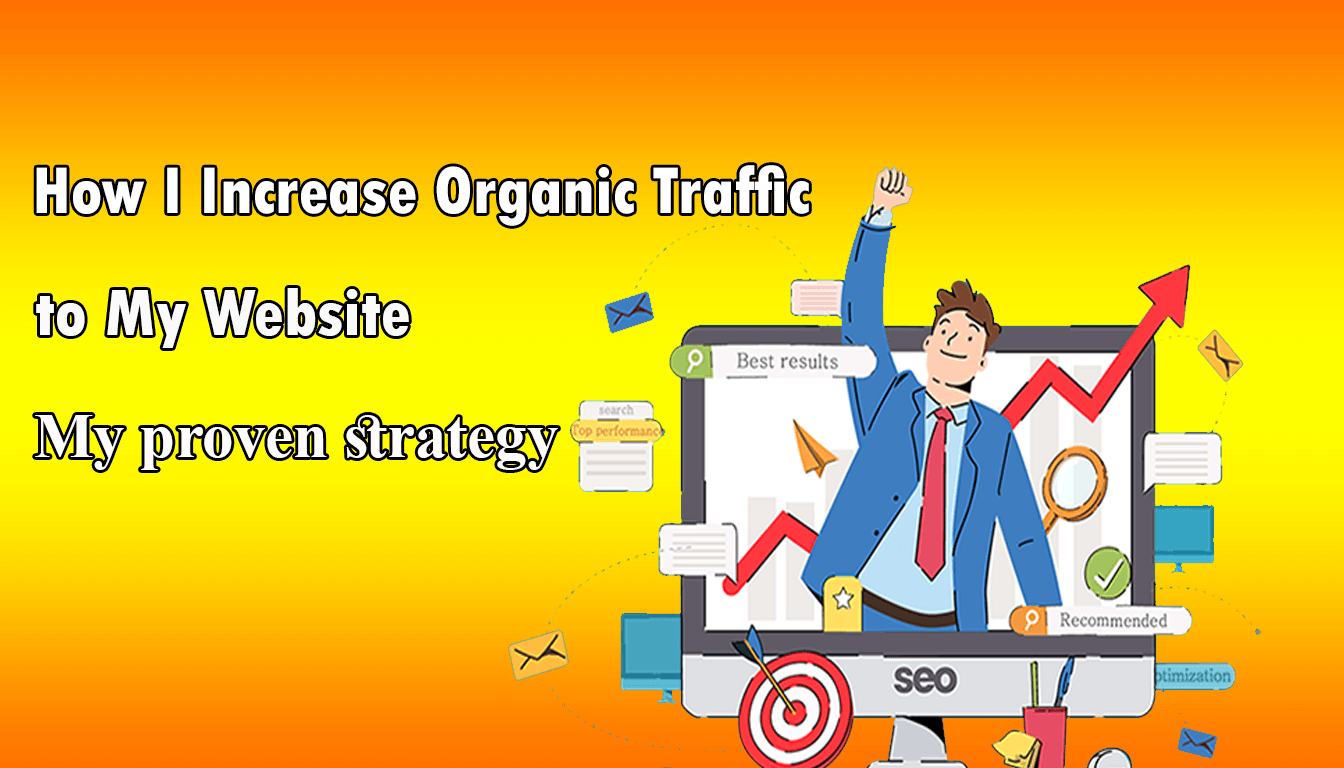Google Page Speed Insights SEO: Boost Your Rankings
Google Page Speed Insights SEO: Boost Your Rankings
As an SEO expert, I know how key website speed is for better search rankings. Google's Page Speed Insights tool is a game-changer. It gives me deep insights into my clients' site performance. This helps me find ways to boost their online presence.
In this detailed article, we'll explore Google Page Speed Insights. We'll see how it can change your SEO game and your website's success. We'll cover everything from page speed basics to advanced optimization tips. This guide will give you the tools to make your online presence shine.
Key Takeaways
- Google Page Speed Insights is a crucial tool for understanding and improving website performance, which directly impacts search engine rankings.
- Optimizing website speed can enhance user experience, leading to increased engagement, lower bounce rates, and higher conversions.
- Core Web Vitals, such as Largest Contentful Paint (LCP), First Input Delay (FID), and Cumulative Layout Shift (CLS), are essential metrics for modern speed optimization.
- Implementing mobile-first optimization strategies and addressing common speed issues, such as server response time, image optimization, and JavaScript/CSS bottlenecks, can significantly boost your website's performance.
- Leveraging advanced techniques like browser caching, content delivery networks (CDNs), and server-side optimization can further enhance your website's speed and overall SEO success.
Understanding Google Page Speed Insights and Its Impact on SEO
In today's digital world, how fast your website loads is key to SEO. Google's Page Speed Insights tool helps you see how fast your site is. This affects your site's ranking and how users feel when they visit.
How Page Speed Affects Search Rankings
Google says page speed matters for search rankings. Sites that load quickly get ranked higher. This is because Google wants to give users the best browsing experience.
By making your site load faster, you can get more visitors. This is because your site will show up higher in search results.
Core Components of Page Speed Analysis
- First Contentful Paint (FCP): The time it takes for the first piece of content to appear on the screen.
- Largest Contentful Paint (LCP): The time it takes for the largest content element to load.
- Time to Interactive (TTI): The time it takes for the page to become fully interactive and responsive to user input.
- Total Blocking Time (TBT): The time between FCP and TTI, during which the main thread is blocked from responding to user input.
The Connection Between User Experience and Speed
Page speed is more than just an SEO factor. It's also about how users feel when they visit your site. Slow sites can make visitors unhappy, leading to them leaving quickly.
By making your site load faster, you can make users happier. This can lead to more people staying on your site and doing what you want them to do. Plus, it can help your site rank better in search results.
| Metric | Ideal Target | Impact on User Experience |
|---|---|---|
| Largest Contentful Paint (LCP) | Less than 2.5 seconds | Faster LCP means a site that feels more alive and engaging, making users less likely to get frustrated. |
| First Input Delay (FID) | Less than 100 milliseconds | Lower FID means users can start interacting with your site right away, making for a smoother experience. |
| Cumulative Layout Shift (CLS) | Less than 0.1 | Small layout shifts help keep the site stable and easy to use, improving the overall user experience. |
Knowing how page speed affects SEO and user experience helps you improve your site. You can make your site load faster and rank better in search results.
Getting Started with Google Page Speed Insights Tool
Using the Google Page Speed Insights tool is key to making your website faster and improving your search rankings. It gives you insights into your site's speed and user experience. It also shows you important google page speed insights metrics that can boost your speed score and performance metrics.
To start, just go to the Google Page Speed Insights website and type in the URL of the page you want to check. The tool will quickly give you a detailed report. It will show you what's good and what needs work on your site.
- The report starts with a speed score from 0 to 100. A higher score means better performance.
- Then, it breaks down key google page speed insights metrics like Largest Contentful Paint (LCP), First Input Delay (FID), and Cumulative Layout Shift (CLS).
- It also gives you specific tips to fix any problems. This might include optimizing images, reducing resources that block rendering, or speeding up server responses.
By looking at the insights from Google Page Speed Insights, you can plan a strategy to make your website faster. This will lead to better user experiences and higher performance metrics. These improvements can help your site rank better in search engines.
| Metric | Description | Recommended Value |
|---|---|---|
| Largest Contentful Paint (LCP) | The time it takes for the largest content element to become visible on the page. | Less than 2.5 seconds |
| First Input Delay (FID) | The time it takes for the page to become interactive and respond to user input. | Less than 100 milliseconds |
| Cumulative Layout Shift (CLS) | A measure of the visual stability of the page, quantifying unexpected layout shifts. | Less than 0.1 |
By focusing on these core google page speed insights, you can greatly improve your website's speed score and performance. This will make your site more user-friendly and increase its visibility in search engines.
Core Web Vitals: The Foundation of Modern Speed Optimization
Core web vitals are key to fast websites today. Google supports them to help sites load quickly and feel good to users. By focusing on these areas, sites can rank better and keep users happy.
Largest Contentful Paint (LCP)
Largest Contentful Paint (LCP) looks at how fast the biggest part of a page loads. This could be a big image, video, or text block. Making LCP fast means users see what matters first, making their visit better.
First Input Delay (FID)
First Input Delay (FID) checks how fast a page reacts to user actions. This includes clicking or tapping. A good FID score means the site is quick to respond, making it more enjoyable to use.
Cumulative Layout Shift (CLS)
Cumulative Layout Shift (CLS) measures how stable a page looks while loading. It checks if content moves around unexpectedly. A low CLS score means the site looks good and works well.
Improving these core web vitals boosts a site's performance metrics and page load time. This leads to better search engine rankings and happier users.
https://youtube.com/watch?v=PU10N-uTFmg
Mobile-First Optimization Strategies
In today's world, making your website work well on mobile is key. The mobile page experience, as checked by Google Page Speed Insights, is very important. It helps your SEO rankings. Here are some ways to make your mobile site better.
Responsive Design Optimization
Make sure your website looks good on all devices. Optimize images, media, and layout for smaller screens. This makes your mobile site fast and fun to use. Use the Google Mobile-Friendly Test tool to check your site.
Mobile-Specific Speed Improvements
- Minimize HTTP requests by combining CSS and JavaScript files.
- Leverage browser caching to reduce server response times.
- Implement Accelerated Mobile Pages (AMP) technology for lightning-fast mobile page loads.
- Optimize images and videos for mobile by compressing and serving appropriately sized assets.
Using these mobile-first optimization strategies can improve your mobile page experience. This boosts your website speed optimization and SEO performance.
"The future of the web is mobile, and brands that don't prioritize mobile optimization will be left behind." - Google Executive
Common Speed Issues Affecting Your Rankings
As a professional copywriting journalist, I know how important site speed is for SEO. The Google Page Speed Insights tool gives us great insights. But, we must tackle common speed problems that can hurt our rankings. We'll look at server response time, image optimization, and JavaScript and CSS issues.
Server Response Time Problems
Server response time is a big factor in site speed and search engine ranking. Slow response can come from many things like bad server resources or poor web server settings. To fix this, a detailed site speed audit is key to finding and solving these problems.
Image Optimization Issues
Improperly optimized images can slow down your site and hurt your rankings. Unoptimized images can make pages load slowly, leading to a bad user experience. Using image compression and lazy loading can make your site faster and improve network performance.
JavaScript and CSS Bottlenecks
Slow JavaScript and CSS files can make your site slow, affecting user experience and rankings. Finding and fixing these issues is crucial for better site speed. Techniques like code minification and asynchronous loading can help.
By tackling these common speed problems, you can improve your site's rankings and user experience. A fast website is key for SEO and customer satisfaction. It drives your business's success.
Google Page Speed Insights SEO: Essential Best Practices
Speeding up your website is key for better search rankings and a great user experience. Google Page Speed Insights helps you find ways to make your site faster. This boosts your SEO and makes your site more user-friendly.
Fixing server response time issues is a top priority. Make sure your web server can handle lots of traffic without slowing down. Optimize your database queries, use caching, and think about upgrading your hosting if needed.
Don't forget about image optimization. Shrink your images, pick the right file formats, and use responsive design for all devices. This makes your site load faster and use less data.
- Make your JavaScript and CSS files smaller by removing extra code.
- Use browser caching so visitors can get to your site's resources quickly.
- Set up a content delivery network (CDN) to serve your static assets faster.
Keep an eye on your site's speed and fix any problems Google Page Speed Insights finds. This way, you'll improve your website speed optimization, performance metrics, and Google page speed insights SEO rankings.
"Optimizing your website's speed is not just a nice-to-have, it's a necessity in today's competitive digital landscape."
Advanced Image Optimization Techniques
Image optimization is key for a fast website. It greatly affects your page load time and site speed audit. By using advanced methods, you can make your site load faster and feel smoother. Let's explore some top ways to make your images work better for your site.
Next-Gen Image Formats
Old image formats like JPEG and PNG have size and quality limits. New formats like WebP and AVIF compress better without losing quality. Using these formats can make your images smaller, leading to quicker page loads and better page load time.
Lazy Loading
Lazy loading delays images until they're needed. This means images load only when you scroll to them. It cuts down on initial load time and network load, making your site seem faster.
Responsive Images
It's important to show the right image size for each device. Responsive images, with srcset and sizes attributes, let you serve images based on screen size and device. This ensures a smooth experience on all devices.
| Optimization Technique | Impact on Performance | Recommended Use Cases |
|---|---|---|
| Next-Gen Image Formats | Significant reduction in file size without quality loss | High-resolution images, background images, and illustrations |
| Lazy Loading | Reduced initial page load time and improved perceived performance | Images that are not immediately visible on the page |
| Responsive Images | Optimized image delivery for different screen sizes and devices | Images that need to be responsive and adapt to various viewport sizes |
Using these advanced image optimization methods can greatly improve your site's page load time and site speed audit. This leads to a better user experience and can help your site rank higher in search engines.
Leveraging Browser Caching for Better Performance
Improving your website's speed is key for SEO. One great way to do this is by using browser caching. By setting up cache control headers and expiration settings, your website's resources can be stored in users' browsers. This cuts down on the need for repeated downloads, making your website speed optimization and speed score better.
Cache Control Headers
Cache control headers tell browsers how to handle your website's resources. They can say if a resource can be cached by proxies or just the user's browser. You can also set how long a resource should be cached with the "max-age" directive.
Expire Headers Configuration
Expire headers work with cache control headers to decide when to reload a resource. By setting the right expire headers, your website's assets like images and scripts can be cached longer. This means less need for repeated downloads and better network performance.
Using good browser caching is a key step in making your website faster and better. It can really help your SEO rankings. By setting up cache control and expire headers, you make your website faster. This makes users happier and can bring more organic traffic to your site.
"Effective browser caching is a simple yet powerful technique to improve website speed and user experience, ultimately boosting your SEO performance."
Minimizing JavaScript and CSS Impact
Optimizing JavaScript and CSS files is key to rendering optimization and better page load time. This helps improve Google Page Speed Insights SEO scores. By using smart techniques, we can lessen the load of these files and make the site faster.
Minification is a great way to start. It removes extra stuff like whitespace and comments from the code. This makes the files smaller and speeds up how they're processed, making pages load quicker.
- Combining JavaScript and CSS files into one reduces the number of requests. This makes the page load faster.
- Using asynchronous loading lets non-essential files load while the page is still being shown. This doesn't slow down the page.
- Make sure the most important CSS loads first. This way, the page looks right as soon as it can.
By doing these things, you can make your website load faster. This boosts your Google Page Speed Insights SEO scores and gives users a better experience.
"Optimizing the critical rendering path is a crucial step in achieving a fast and responsive website. By minimizing the impact of JavaScript and CSS, you can unlock significant improvements in your Google Page Speed Insights SEO scores."
Content Delivery Network Implementation
Optimizing website speed is key, and a Content Delivery Network (CDN) is a smart choice. A CDN is a network of servers worldwide that makes content delivery faster. This reduces latency and enhances the user experience.
Choosing the Right CDN
Choosing the right CDN involves several steps. First, analyze your website's traffic patterns and user locations. This helps you pick a CDN with servers in high-demand areas. Also, consider the CDN's global coverage, network performance, and feature set to meet your needs.
CDN Configuration Best Practices
After picking your CDN, optimize its setup for better website speed optimization and network performance. Start by identifying static assets like images, CSS, and JavaScript files. Then, set up the CDN to cache these resources. This can greatly reduce server response times and improve site speed for users.
Also, ensure your CDN updates cached content automatically when your site changes. This keeps users' experiences fresh and up-to-date. Regularly monitor and analyze your CDN's performance to find areas for improvement.
With a well-configured CDN, you can greatly enhance your website's speed and network performance. This improves user experience and boosts your search engine optimization, leading to better rankings.
Server-Side Optimization Strategies
Boosting your website's speed is key, and server-side optimization is crucial. Google Page Speed Insights SEO analysis shows server response time is vital. Smart server-side strategies can greatly improve your network performance and user experience.
Optimizing your server settings is a top priority. Adjust keep-alive, compression, and caching settings for speed. Also, consider a more powerful hosting plan or a content delivery network (CDN) to cut server response time.
Database optimization is also essential. Check your database queries, indexes, and schema for efficiency. Use caching like object caching or database caching to reduce database calls and boost performance metrics.
Server-side caching can significantly speed up your website. Use tools like Varnish, Nginx, or Redis to cache dynamic content. Make sure to set up cache headers and expiration policies correctly to keep content fresh.
- Optimize server configuration for speed
- Implement database optimization techniques
- Utilize server-side caching strategies
By focusing on these server-side optimizations, you can improve your google page speed insights seo and offer a better user experience. This can lead to higher engagement and better search rankings.
"Server-side optimization is the unsung hero of website performance. By fine-tuning your server, database, and caching, you can unlock a new level of speed and responsiveness that will delight your users and boost your google page speed insights seo rankings."
Mobile Performance Enhancement Tips
Improving your mobile page experience is key to better website rankings. Focus on important mobile performance factors to enhance user experience and SEO. Let's explore the main strategies for better mobile performance.
Responsive Design Optimization
Your website must look good on all devices. Use a responsive design for the best mobile experience. This means your site scales well and content is easy to read on small screens.
Mobile-Specific Speed Improvements
Mobile users face unique speed challenges. To help, use these tips:
- Optimize images and media for mobile
- Minify and defer JavaScript and CSS
- Use browser caching and CDNs to speed up servers
These steps improve your mobile site's speed and user experience. This boosts your mobile page experience, website speed optimization, and core web vitals.
A great mobile experience improves user satisfaction and SEO. By following these tips, you'll stay competitive and rank higher online.
Monitoring and Maintaining Speed Performance
Keeping your website fast is a never-ending task. It's vital to check your site's speed often to find ways to get better. Tools like Google Page Speed Insights help me do this by analyzing your site's performance.
Keeping your site fast is key for good SEO and happy users. I'll help you set up a plan to watch your site's speed. We'll track important metrics like Largest Contentful Paint and Cumulative Layout Shift. This way, we can fix any speed problems before they hurt your site's ranking or user experience.
It's important to always work on making your site faster. I'll work with your team to create a plan for regular checks and improvements. This approach keeps your site fast and easy to use for everyone.
FAQ
What is Google Page Speed Insights and how does it impact SEO?
Google Page Speed Insights is a free tool from Google. It checks how fast your website loads and gives tips to make it faster. A fast website is key for SEO because it helps your site rank better and gives users a good experience.
How does page speed affect search rankings?
Page speed is important for Google's search rankings. Websites that load quickly rank higher than slow ones. Google wants users to have a good experience, and fast websites make that happen.
What are the core components of page speed analysis?
Page speed analysis looks at three main things: Largest Contentful Paint (LCP), First Input Delay (FID), and Cumulative Layout Shift (CLS). These are called Core Web Vitals and show how well a website works and feels to users.
How can I use Google Page Speed Insights to improve my website's performance?
Just enter your website's URL into Google Page Speed Insights. It will tell you how fast your site is and suggest ways to make it faster. This helps you find and fix problems like slow servers, big images, and too much JavaScript or CSS.
What are the best practices for mobile-first optimization?
For mobile-first optimization, use responsive design and make images and media work well on phones. Also, reduce JavaScript and CSS impact and solve mobile speed problems. This ensures your site works great on all devices.
How can I leverage browser caching to improve website speed?
Use cache control headers and expire headers to make browsers keep static assets like images and CSS. This makes your site load faster on repeat visits.
What are some advanced image optimization techniques?
Use new image formats like WebP and AVIF, and try lazy loading and responsive images. These methods can make images smaller and load faster, which helps your site speed up.
How can I minimize the impact of JavaScript and CSS on page speed?
Minify, concatenate, and load JavaScript and CSS asynchronously. Minification makes files smaller, concatenation combines them, and asynchronous loading doesn't block page rendering.
How do I choose and configure a Content Delivery Network (CDN)?
Pick a CDN based on its global reach, performance, and cost. Then, set it up right to boost your site's speed. This means setting caching rules and monitoring performance to fix any issues.
What are the key server-side optimization strategies?
Improve server speed by optimizing server settings, database, and caching. Enable gzip compression and use HTTP/2 for faster server responses. Also, optimize databases and use server-side caching to lighten the server load and speed up your site.

Adam Pennell
CEO / Co-Founder
Enjoy the little things in life. It's possible that one day you'll look back and realize that they were the significant things. A significant number of persons who fail in life are those who, when they gave up, were unaware of how near they were to achieving their goals.

.webp)


